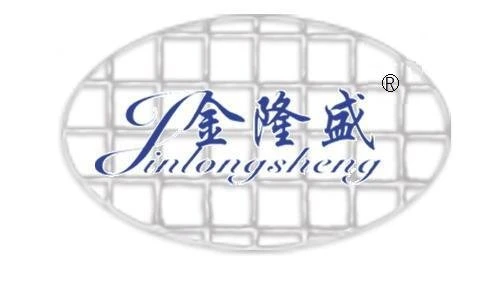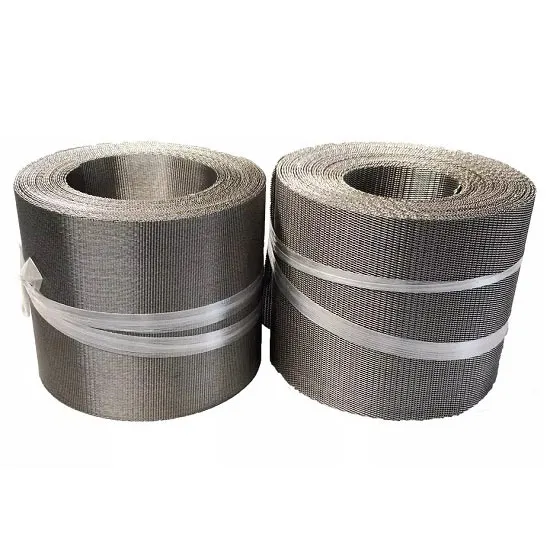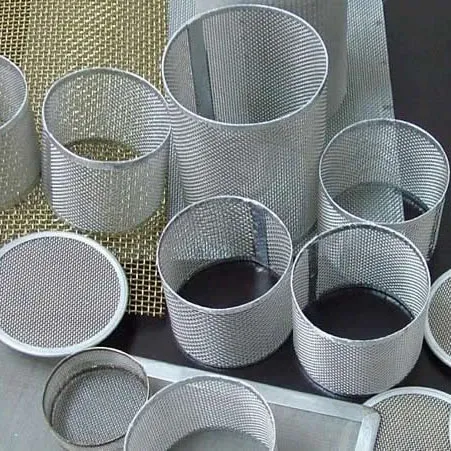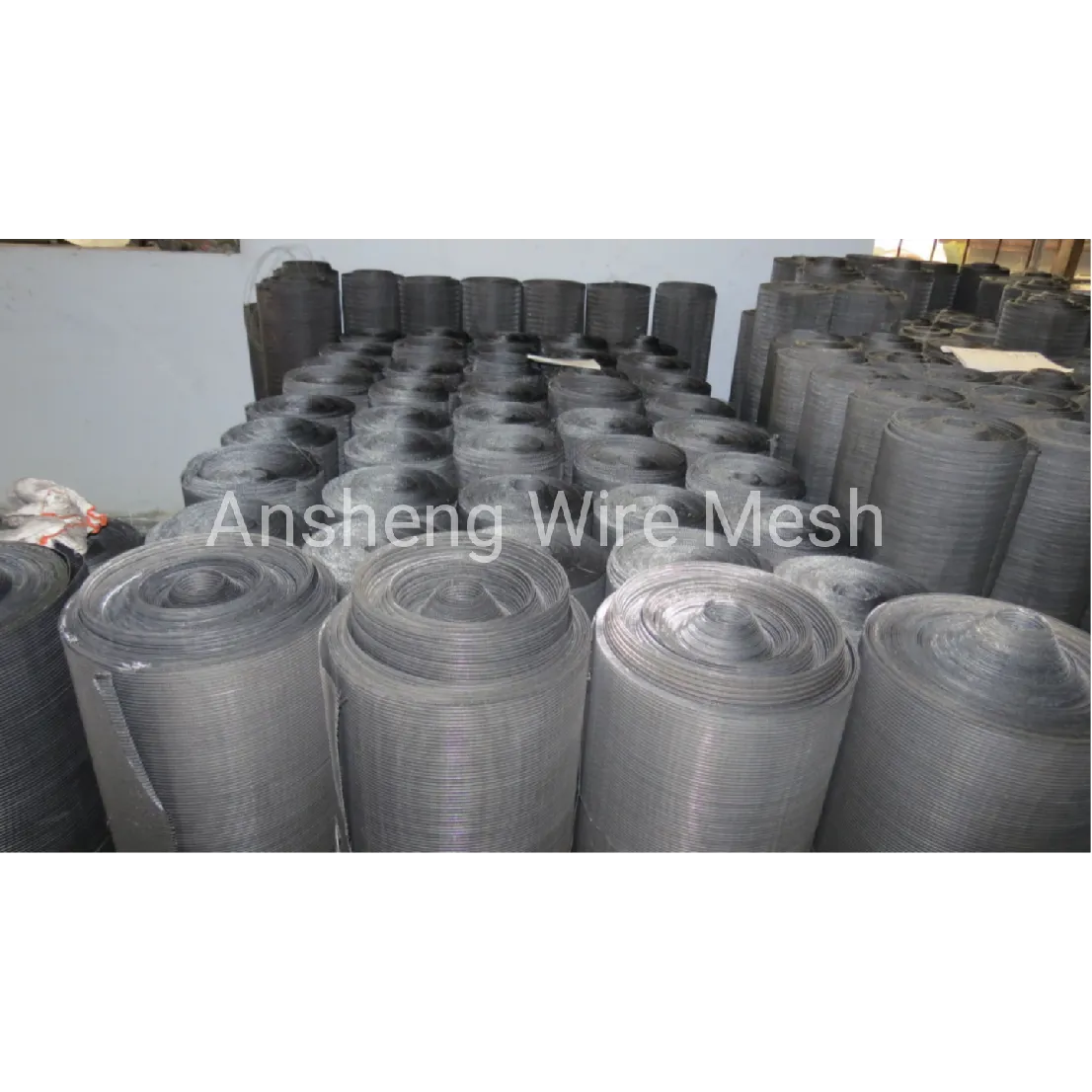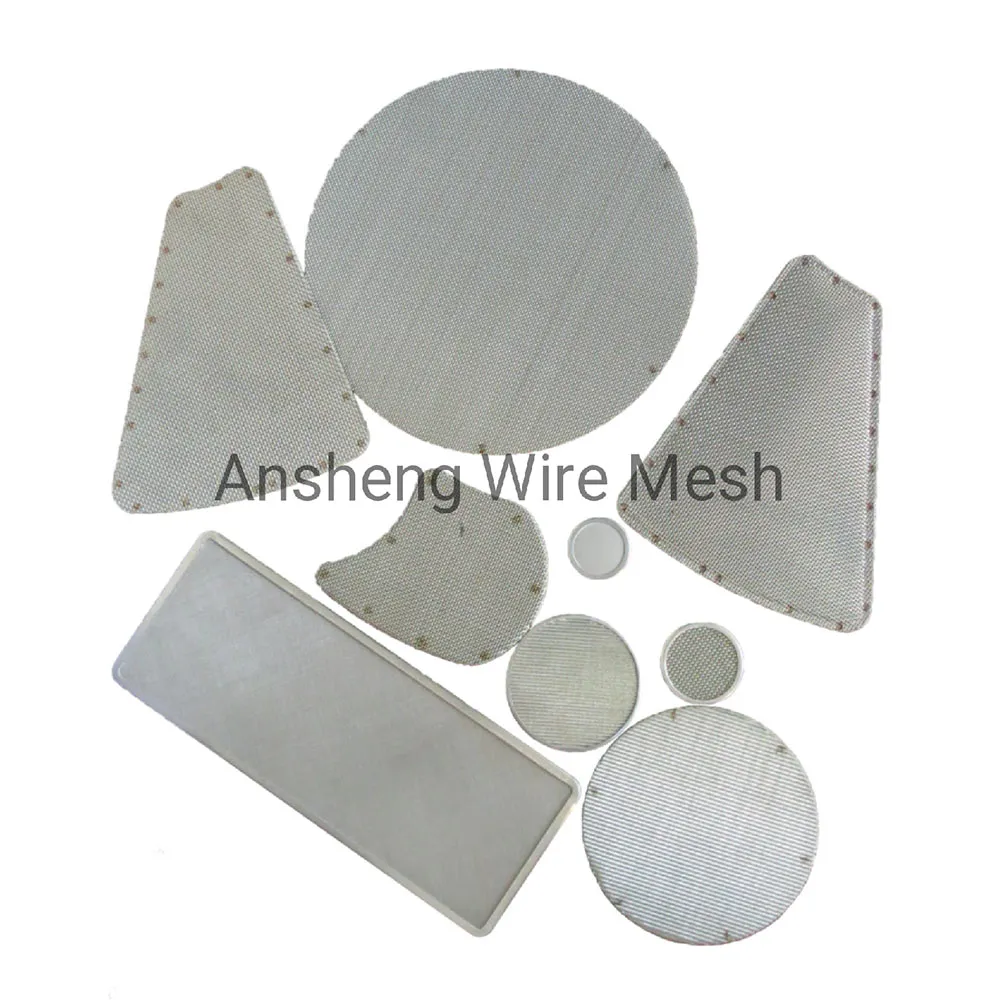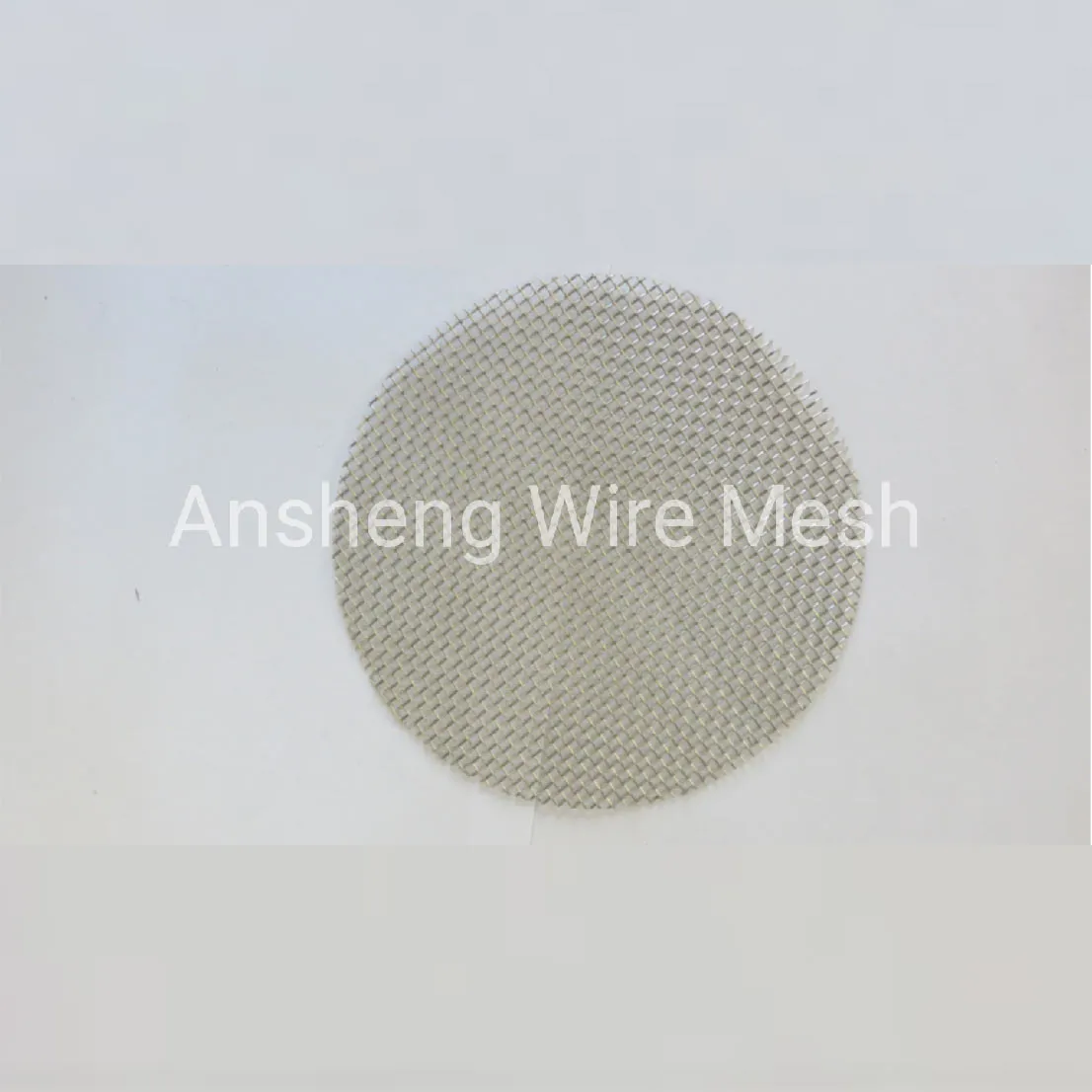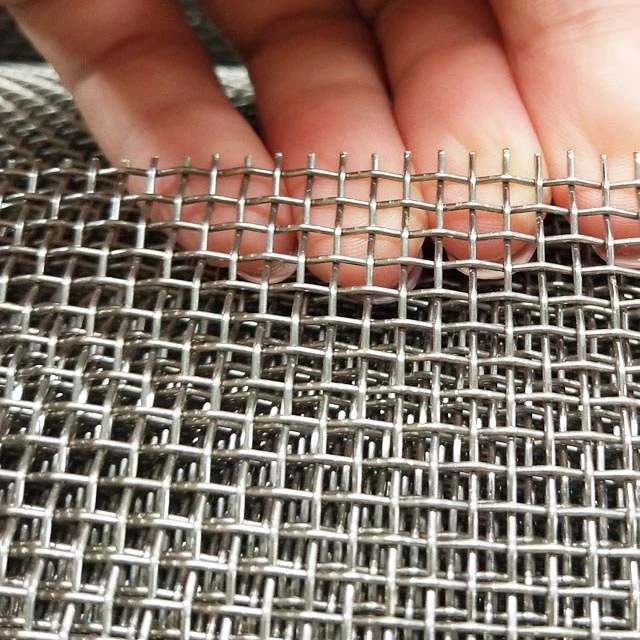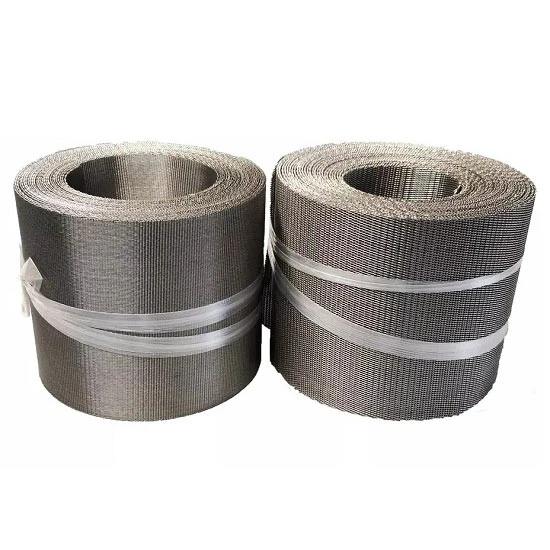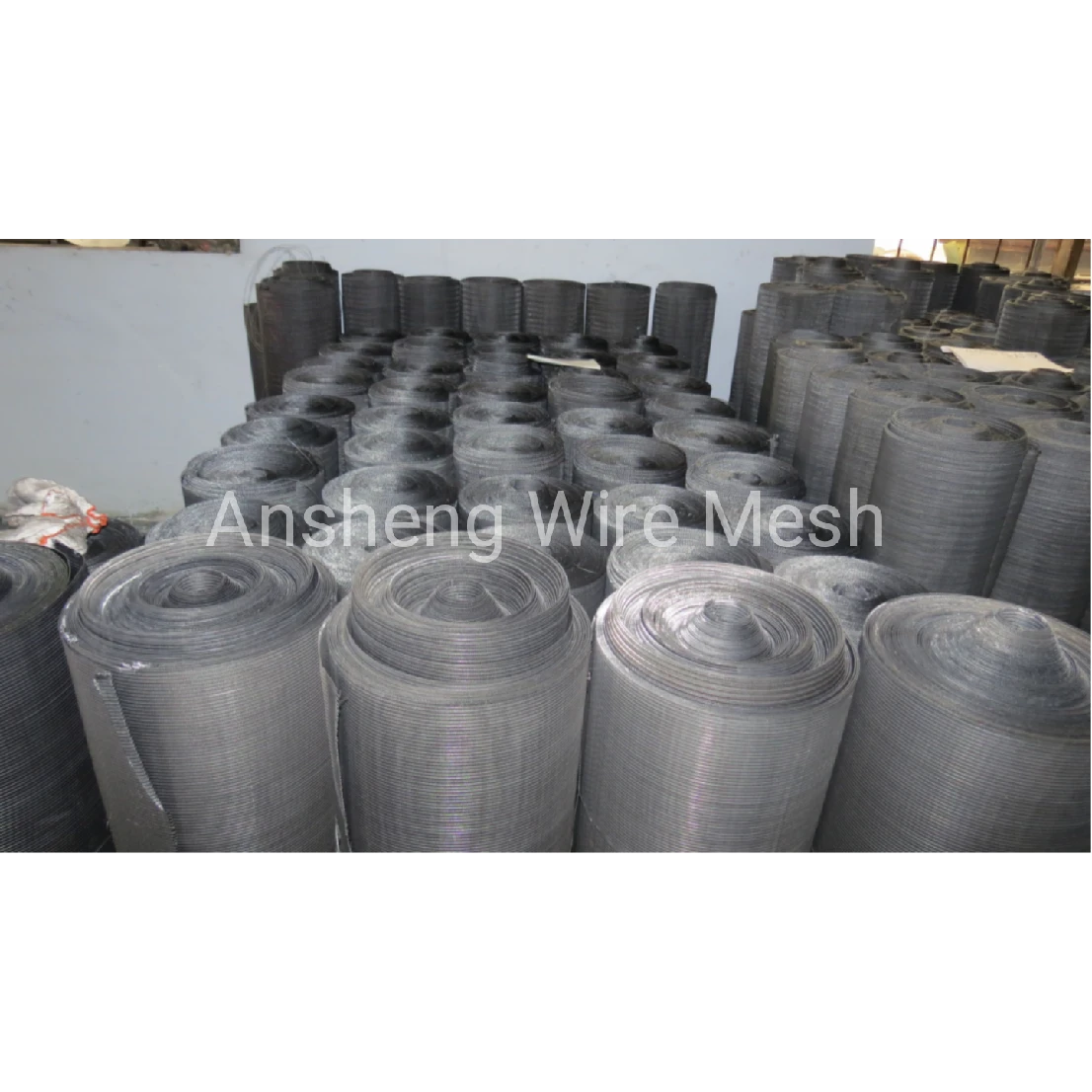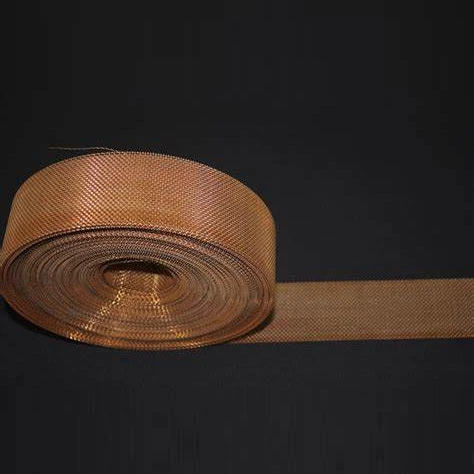What a pleated filter element really does on a hard day in the plant
I’ve spent enough time on factory floors to know: when uptime is king, filtration can make or break the shift. The stainless-steel wire mesh design here is rugged, surprisingly precise, and—when pleated the right way—punches above its weight in dirt-holding capacity. In fact, many customers say it’s the one component they forget about until the pressure drop graphs level out (in a good way).
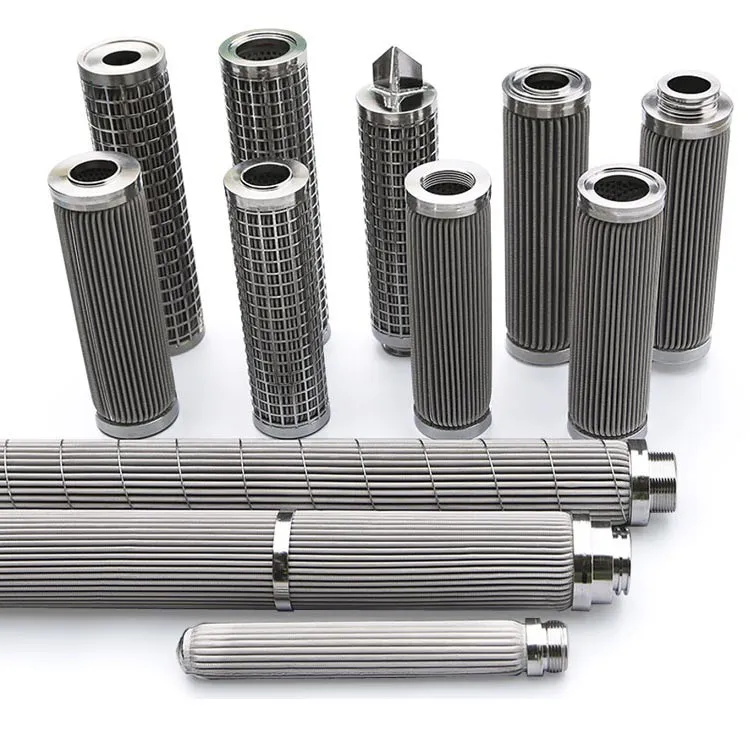
Industry snapshot
Trends? Higher viscosity fluids, tighter cleanliness codes, and longer service intervals. Metal-media cartridges are benefiting from better pleat geometry and cleaner welds. The pleated filter element is showing up in lube oil skids, chemical solvent loops, steam prefiltration, and even food-contact utilities—where stainless and cleanability are non-negotiable.
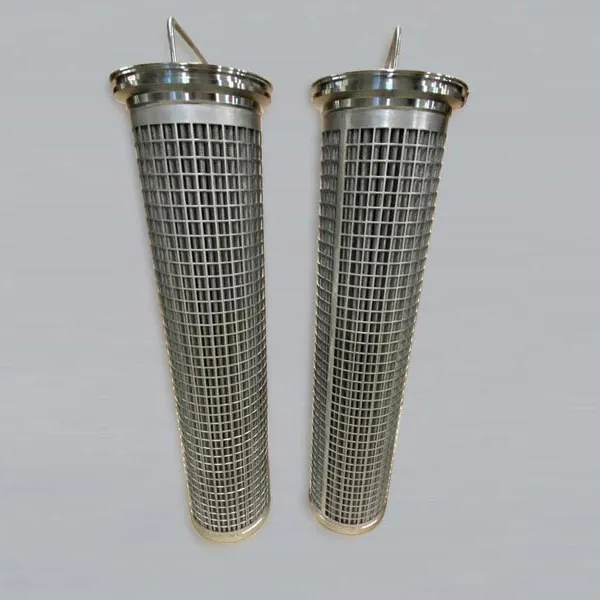
Specs that matter (real-world use may vary)
| Parameter | Typical Value ≈ |
|---|---|
| Media | 304/316L stainless wire mesh, sintered layers |
| Micron rating | 1–200 μm (β10 ≥ 200 at 10 μm target per ISO 16889, indicative) |
| Lengths | 5–40 in; OD 60–120 mm; pleat depth 10–25 mm |
| Temperature | Up to 400°C (media only) |
| Differential pressure | Up to 2.5 MPa clean side max (application-dependent) |
| End connections | DOE, 222/226, threaded; Seals: FKM, EPDM, PTFE |
| Cleanability | Backwash, ultrasonic, solvent rinse |
How it’s built (short version)
Materials arrive as certified wire cloth (ISO 9044). Media stacks are sintered, pleated, and spot/TIG welded to support cores. End caps are crimped or welded, then pickled and passivated. Integrity checks include bubble point (ASTM F316) and multipass sampling (ISO 16889). Typical service life? Around 6–24 months or 300–800 backwash cycles—depends on solids load, chemistry, and how gently operators clean it, to be honest.
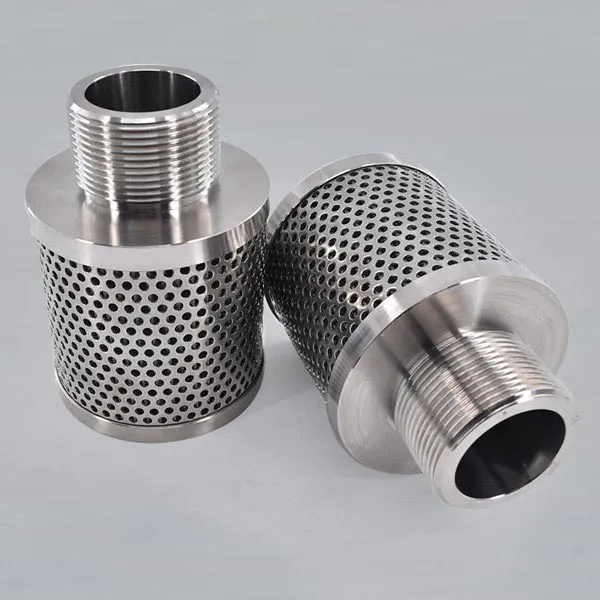
Where it earns its keep
- Lube and hydraulic oils in steel mills (high temp, nasty fines)- Solvent filtration in chemical plants (compatibility is key)
- Steam and water prefiltration in food/beverage utilities
- Gas coalescing pre-stages and polymer lines (select grades)
Advantages: rigid media, thermal stability, predictable pore size, and reusability. Drawback? Upfront price is higher than disposable fiber, but lifecycle usually tilts the math in favor of metal.
Vendor landscape (brief, non-exhaustive)
| Vendor | Media | Lead Time ≈ | Certs | Customization |
|---|---|---|---|---|
| Ansheng Filter Screen (Origin: No.346 Xinying East Street, Anping County, Hebei, China) | 304/316L mesh, sintered | 2–4 weeks | ISO 9001, material traceability | Micron/end-caps/OD/length |
| Global Brand A | Sintered mesh & fiber | 3–6 weeks | ISO 9001, 3-A options | Broad catalog; OEM equivalents |
| Regional Fabricator B | Woven mesh | 1–3 weeks | Shop certs vary | Fast specials; limited testing |
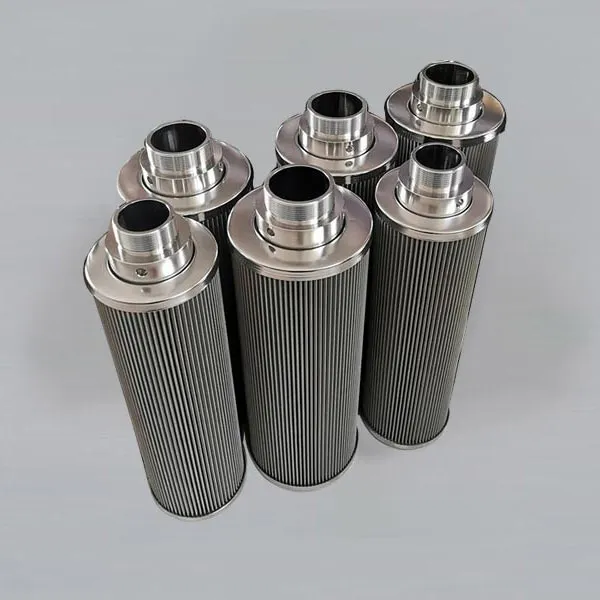
Customization tips
When specifying a pleated filter element, nail down: target ISO cleanliness or particle removal curve; fluid viscosity/temperature; allowable ΔP; cleaning method; end-cap standard (DOE vs 222/226); gasket polymer (FKM, EPDM, PTFE). Ask for bubble point certificates and a basic multipass curve—small paperwork, big confidence.
Two fast cases
Steel mill lube skid: Swapped 10 μm synthetics for 10 μm stainless pleated. ΔP stabilized at 0.12 MPa (down from 0.2). Oil ISO code improved one class; annual media spend cut ≈38% due to cleaning/reuse.
Brewery utility steam: Upstream pleated filter element reduced particulates before final sterile stage; CIP cycles extended from weekly to biweekly. Operators reported faster heat-up and fewer alarms—small wins, but real.
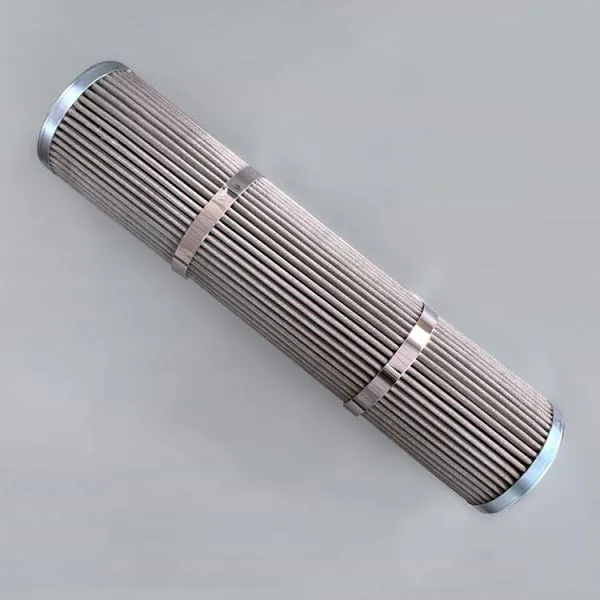
Testing, compliance, and paperwork
Look for quality systems (ISO 9001), material certs (316L), bubble point data (ASTM F316), and multipass performance (ISO 16889). For food-contact utilities, ask for gasket compliance (FDA 21 CFR 177.2600) and, where applicable, hygienic design guidance (EHEDG/3-A). It seems bureaucratic—until you need it.
Citations
- ISO 16889:2008 Hydraulic fluid power—Filters—Multi-pass method for evaluating filtration performance.
- ASTM F316/F316M Standard Test Methods for Pore Size of Porous Materials by Bubble Point and Gas Flow.
- ISO 9044:2016 Industrial wire screens and woven wire cloth—Technical requirements and tests.
- FDA 21 CFR 177.2600—Rubber articles intended for repeated use (gasket materials).
- ISO 9001:2015 Quality management systems—Requirements.
Post time: Oct . 17, 2025 13:40
